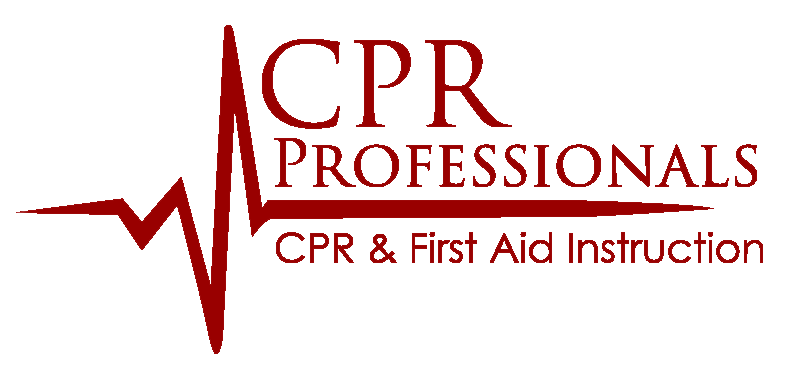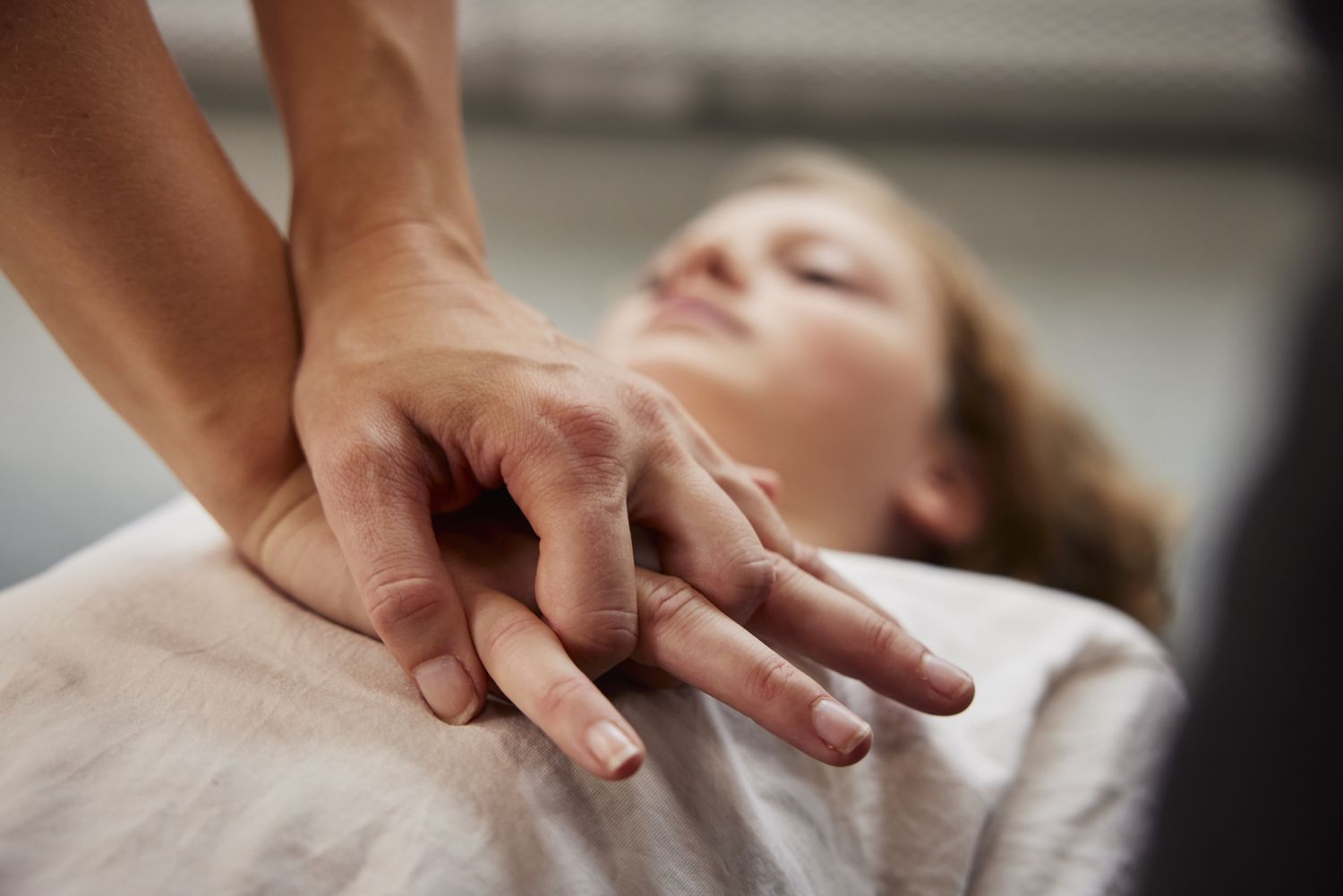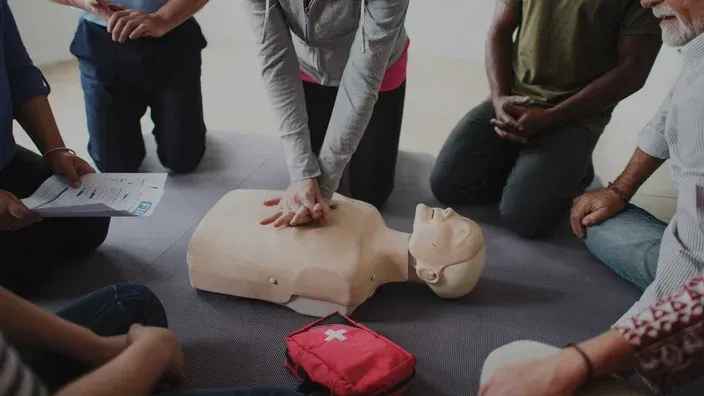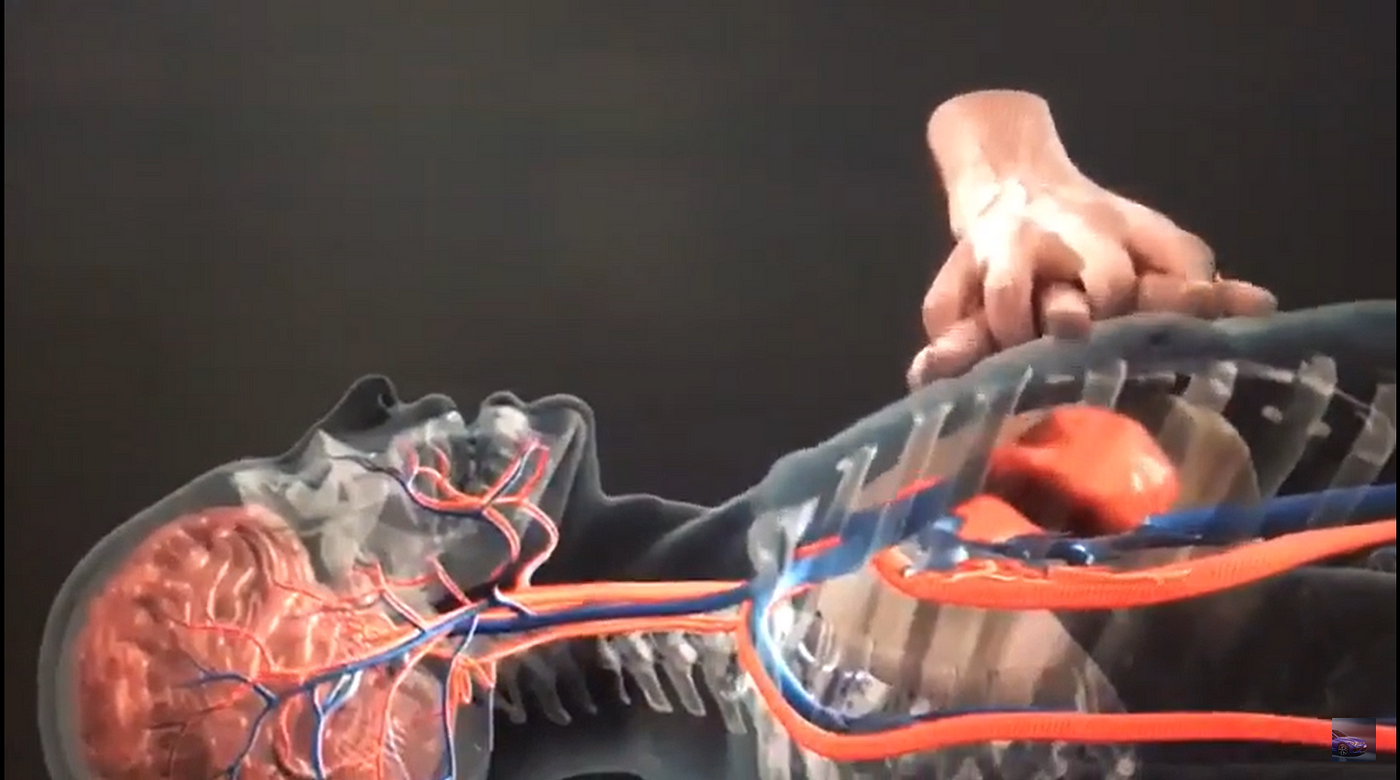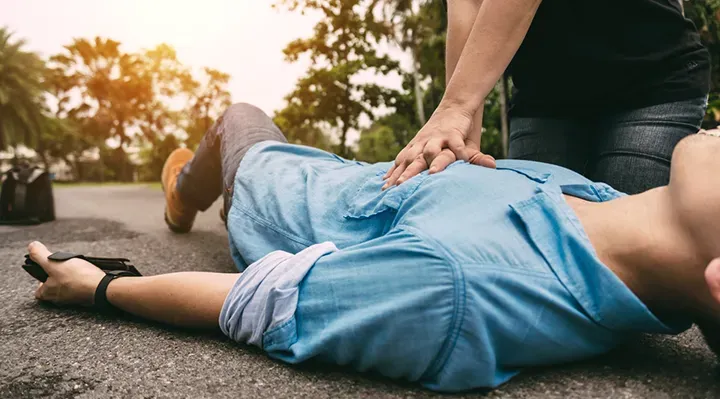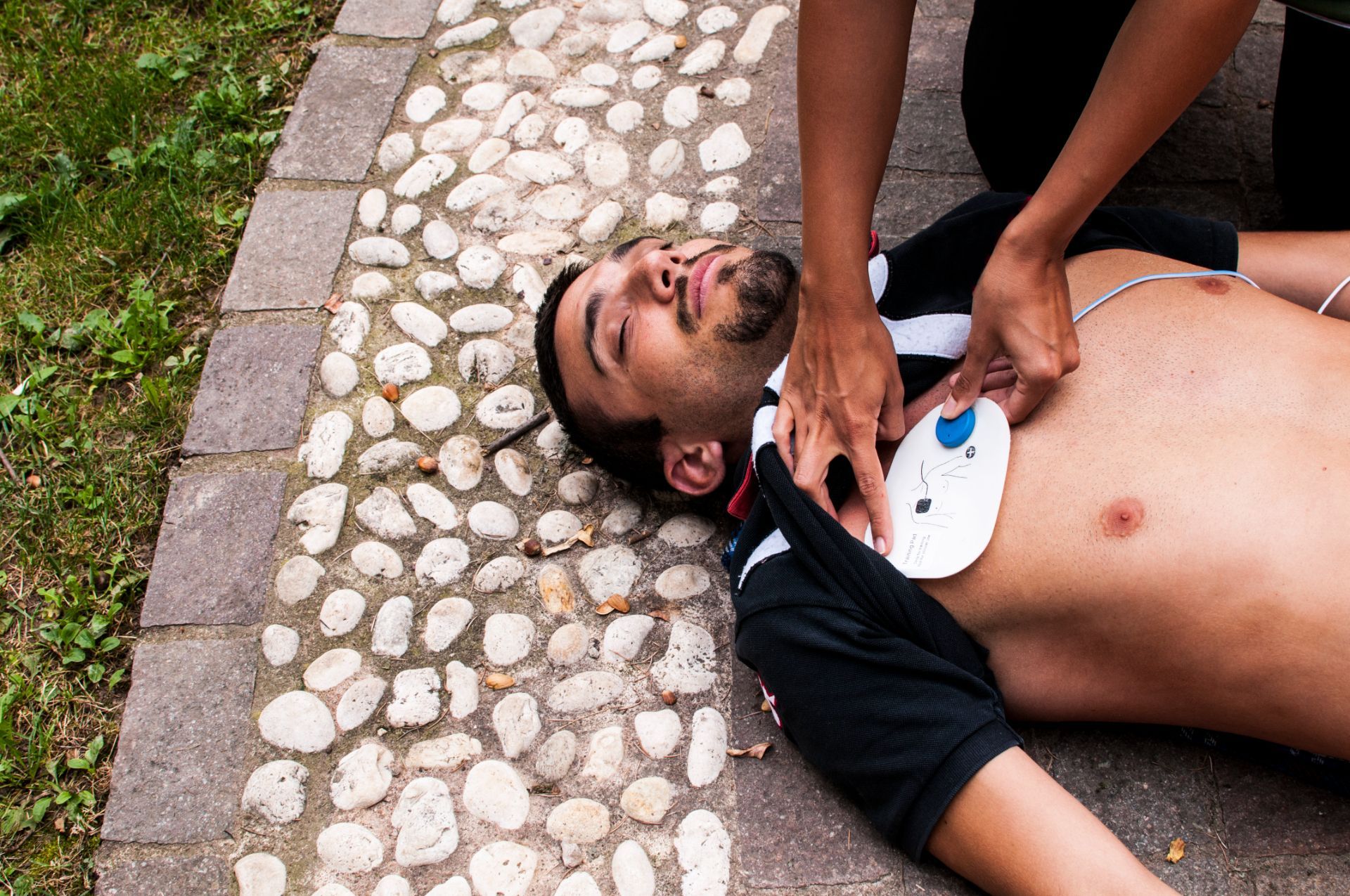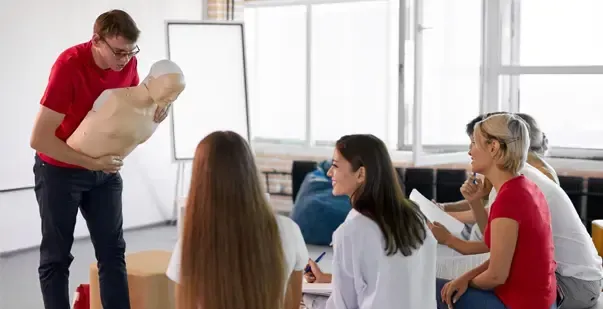What Should I Do If Someone Collapses and I’m Not CPR Certified?
Emergencies can strike unexpectedly, leaving bystanders scrambling to act. Witnessing someone collapse is a nerve-wracking experience, especially if you’re not CPR certified. The question arises: what can you do to help?
Recognizing a Medical Emergency
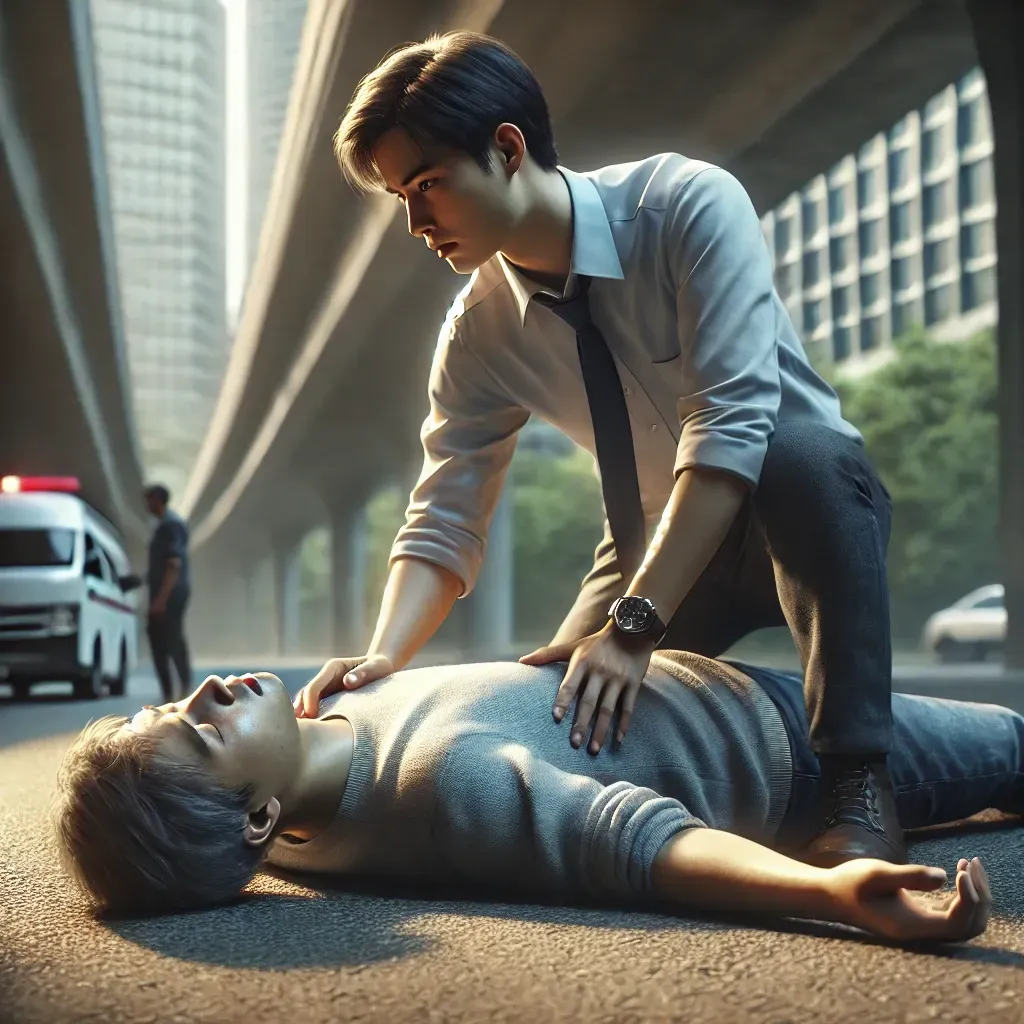
The first step in responding effectively is recognizing the signs of a medical emergency. If someone collapses, look for these indicators:
- Unresponsiveness: They don’t respond when spoken to or gently shaken.
- Abnormal Breathing: Their breathing may be labored, shallow, or absent.
- Visible Injury or Distress: They might have sustained a fall or appear to be in pain.
- Other Symptoms: Seizures, chest pain, or discoloration of the skin can signal severe underlying issues.
By identifying these signs, you can better assess the urgency of the situation and act swiftly.
What to Do If You’re Not CPR Certified
Step 1: Stay Calm and Assess the Situation
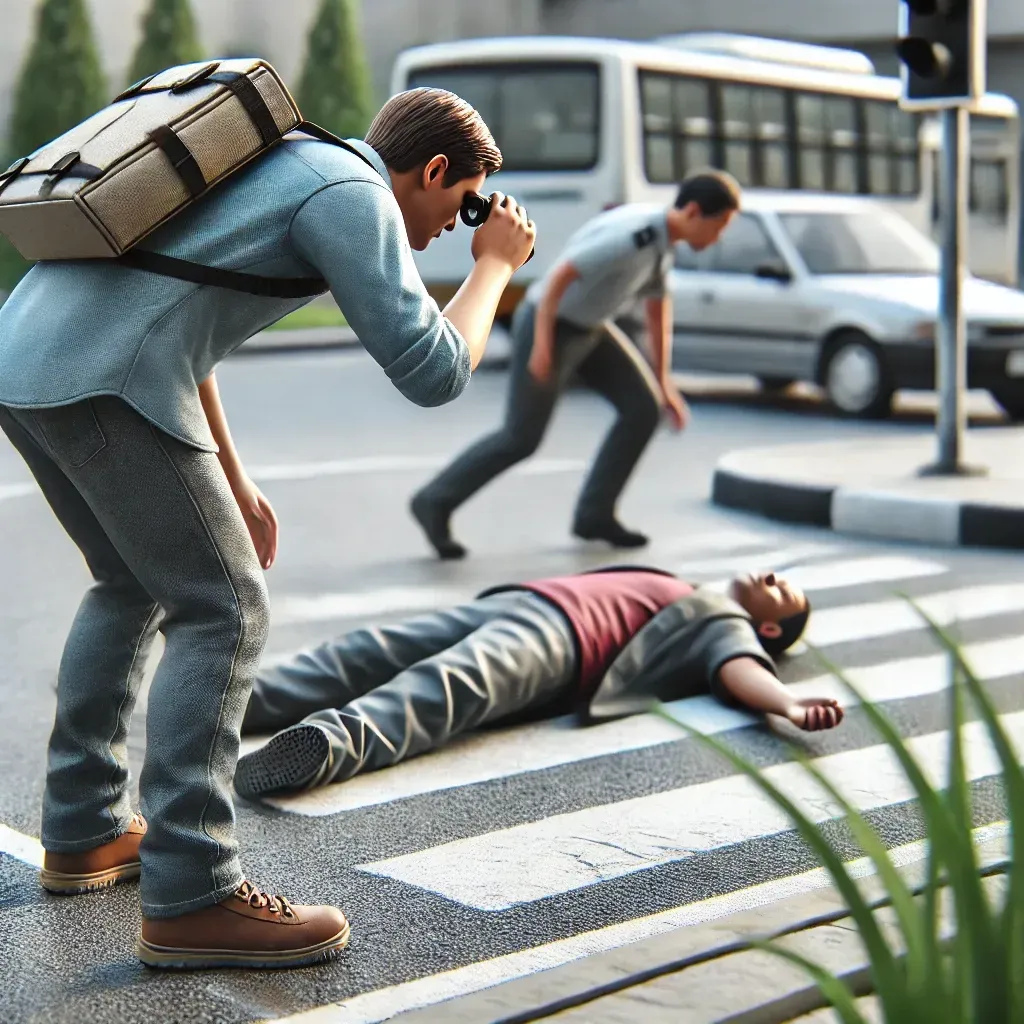
Panic can cloud judgment, so take a moment to breathe and evaluate what’s happening. Ensure the area is safe for you to approach—look for hazards like traffic, fire, or unstable surfaces.
Step 2: Call Emergency Services Immediately
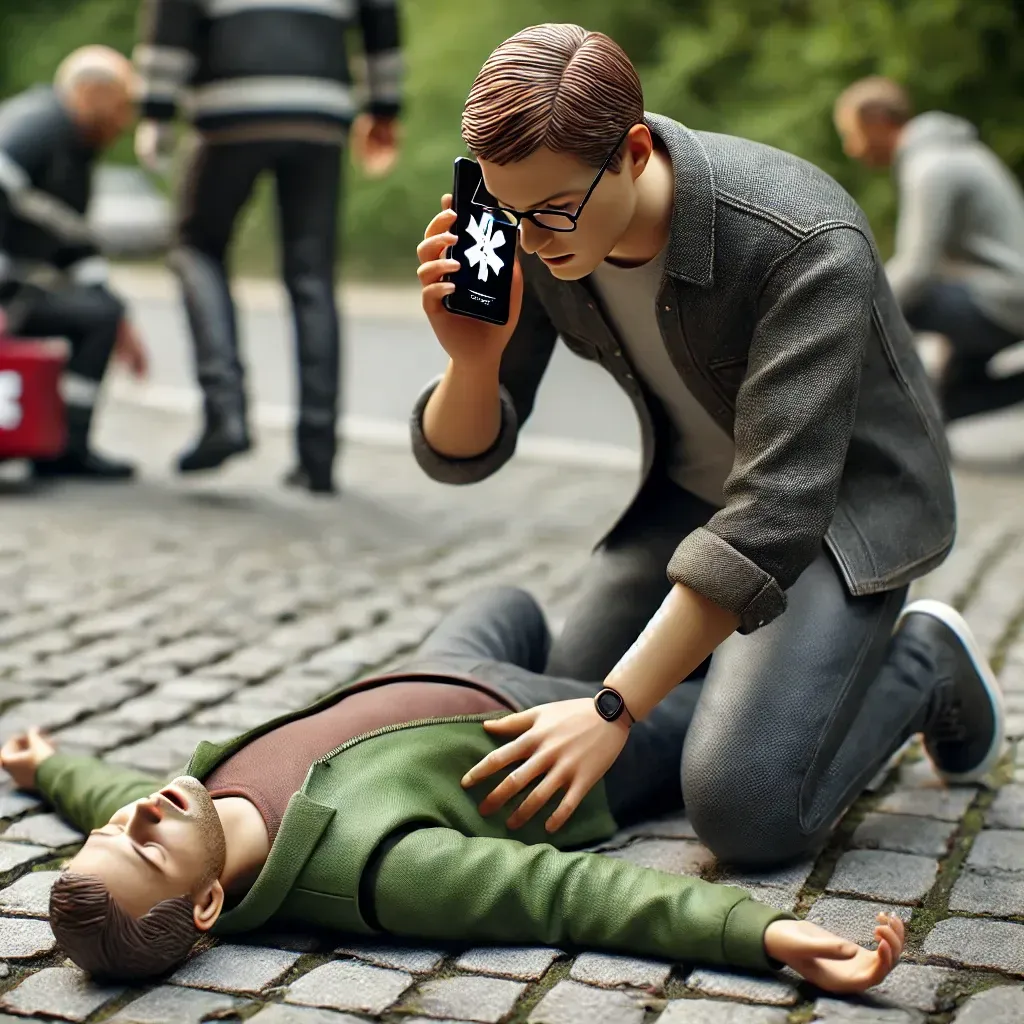
Dial your local emergency number (e.g., 911 in the United States) and provide the dispatcher with clear details:
- The exact location of the incident.
- The person’s condition (unresponsive, breathing or not, visible injuries).
- Any known medical history or medications if available.
Step 3: Check for Breathing and Pulse

While you’re on the phone with emergency services, check if the person is breathing and has a pulse. This step can help emergency responders prepare while en route.
- If breathing and a pulse are present: Place the person in the recovery position (on their side with their head tilted slightly back) to keep their airway open.
- If breathing or pulse is absent: Inform the dispatcher immediately.
Step 4: Perform Hands-Only CPR (if instructed)
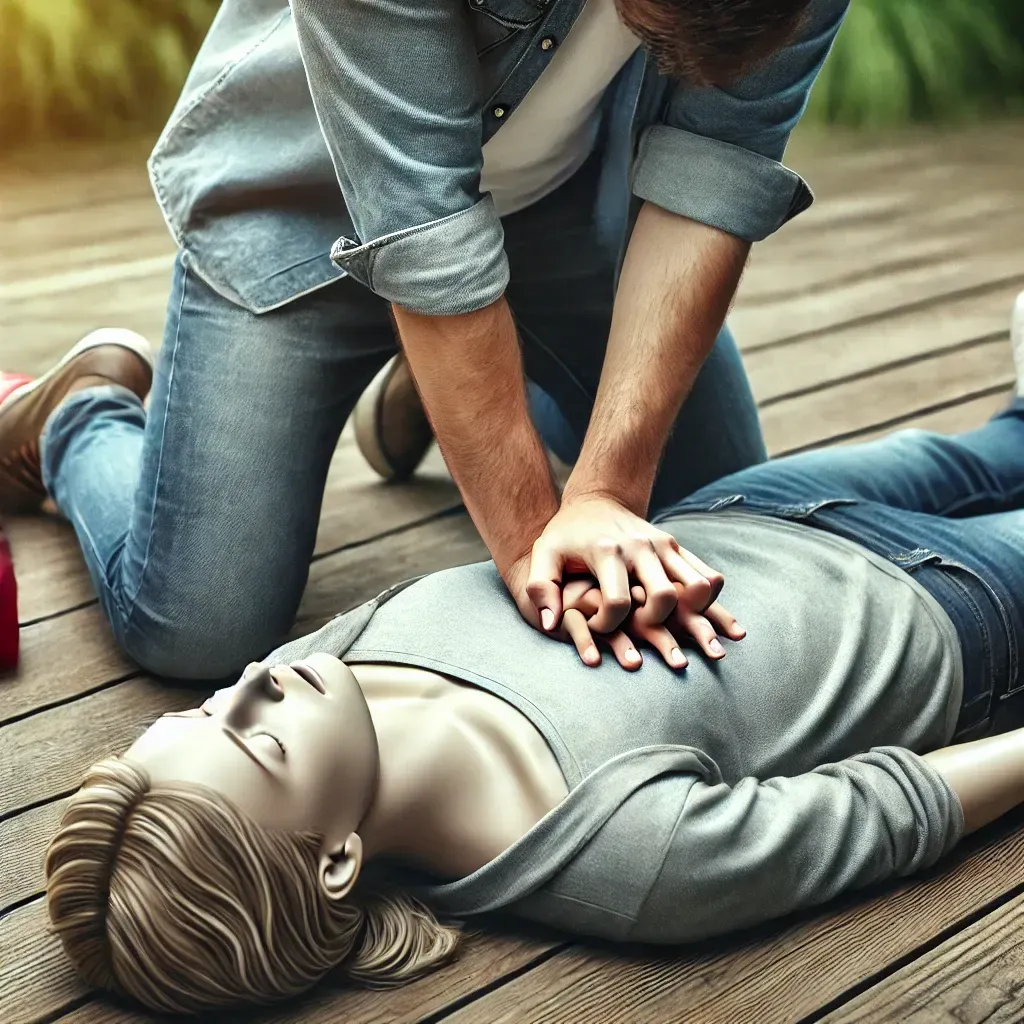
Even without formal training, hands-only CPR can be a lifesaver. Emergency dispatchers often guide callers through the process:
- Kneel beside the person.
- Place your hands in the center of their chest, interlocking your fingers.
- Push hard and fast, at a rate of 100-120 compressions per minute, until help arrives.
This simplified method focuses solely on chest compressions and doesn’t require mouth-to-mouth resuscitation.
Additional Steps You Can Take Without CPR Certification
Ensure Airway Is Clear
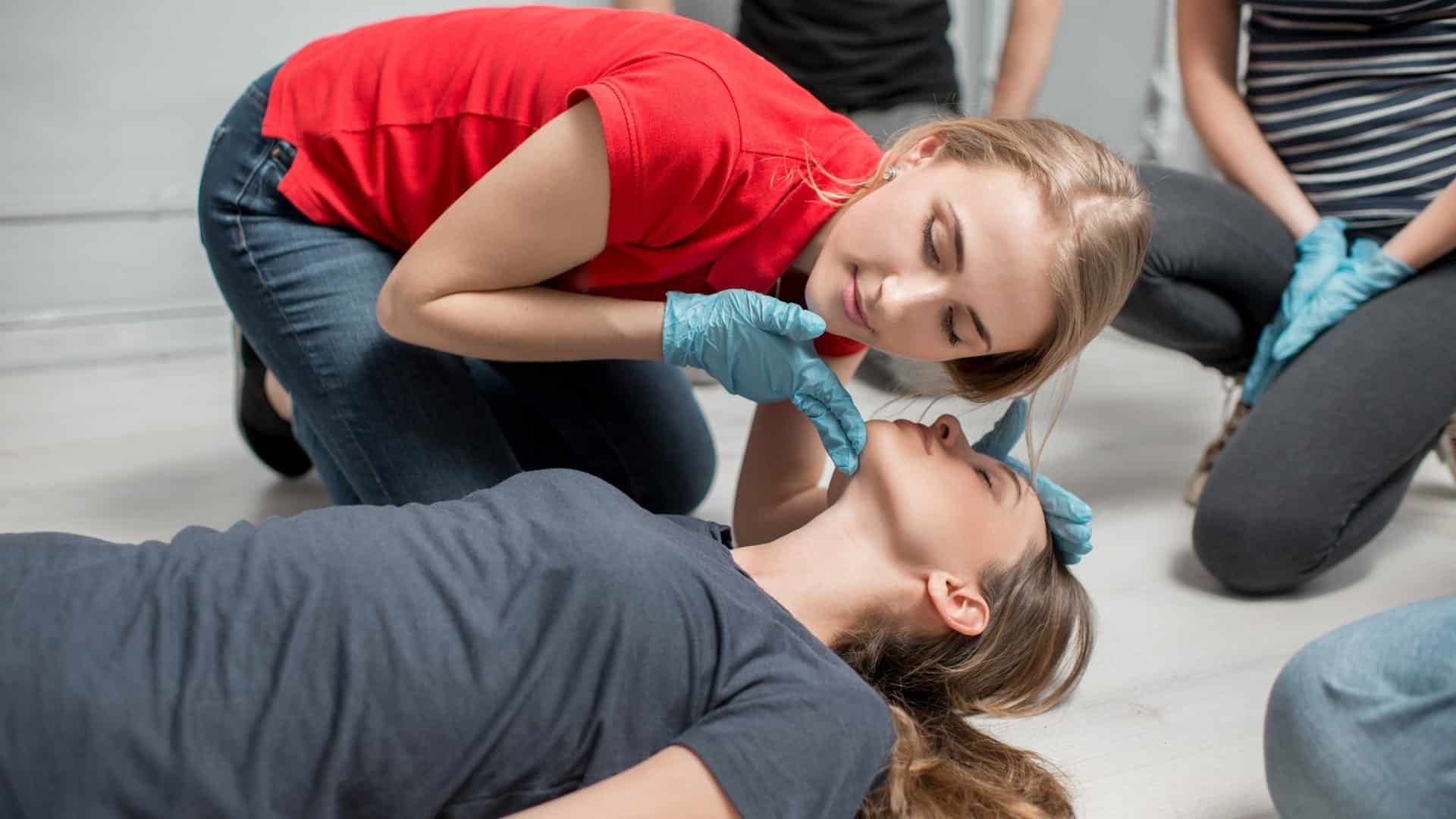
If the person is choking or has an obstructed airway, you can perform the Heimlich maneuver (abdominal thrusts) to dislodge the blockage. For unconscious individuals, gently tilt their head back and check for visible obstructions. Learn more about handling such situations with Adult Choking CPR techniques.
Use an Automated External Defibrillator (AED)

Many public spaces have AEDs available. These devices provide step-by-step audio instructions, making them accessible even for untrained users. Follow the prompts to deliver a shock if necessary.
Comfort and Monitor the Individual

While waiting for emergency responders, stay with the person and offer reassurance. Keep them warm and monitor their breathing and pulse continuously. This vigilance can provide critical information to paramedics upon arrival.
Common Misconceptions About Emergency Response

“I Might Do More Harm Than Good”
One of the biggest fears among untrained bystanders is worsening the situation. However, doing something is almost always better than doing nothing. Dispatchers guide you through every step, reducing the likelihood of errors.
“Only Medical Professionals Can Use an AED”
AEDs are designed for anyone to use. They provide automated instructions, ensuring you can operate them correctly, even without prior experience.
“CPR Certification Is Necessary to Help”
While certification enhances your skills, hands-only CPR and other basic steps can still save lives in emergencies.
Why Preparation Matters

Emergencies highlight the importance of preparedness. Consider taking these proactive measures:
- Enroll in a First Aid and CPR Course: These classes equip you with life-saving skills and build confidence in handling crises.
- Familiarize Yourself with AED Locations: Knowing where AEDs are located in your workplace, school, or community can save valuable time.
- Keep Emergency Numbers Handy: Program local emergency contacts into your phone for quick access.
Conclusion
Witnessing someone collapse can be overwhelming, but your actions—even as a non-CPR-certified bystander—can make a difference. By staying calm, calling for help, and performing basic first aid, you provide crucial support until professionals arrive. Preparation and knowledge are your best tools in emergencies, so take steps today to empower yourself for the unexpected.
